Jonathan Plotzker-Kelly, founder of Heliotrope San Francisco, has spent over a decade crafting high-quality, all-natural skincare products rooted in ...
Dr. Tom Ingegno on Building a Holistic Wellness Center in Baltimore
Written by: Carolyn Young
Carolyn Young is a business writer who focuses on entrepreneurial concepts and the business formation. She has over 25 years of experience in business roles, and has authored several entrepreneurship textbooks.
Published on February 27, 2024
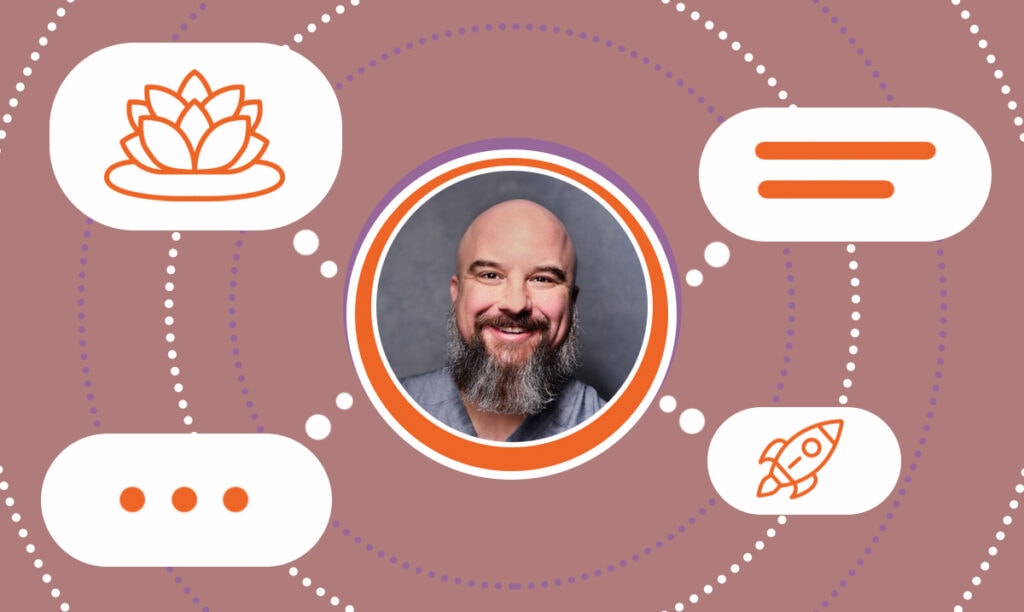
Welcome to exclusive interview with Dr. Tom Ingegno, DACM, a visionary in the realm of integrative health. Dr. Ingegno, with his profound expertise in both Eastern and Western medical practices, has established Charm City Integrative Health as a beacon of holistic wellness in Baltimore.
Today, we delve into his journey, exploring the challenges, inspirations, and successes that have shaped his unique approach to health and wellbeing. Join us as we uncover the insights and experiences of Dr. Ingegno, offering invaluable wisdom for anyone intrigued by the evolving landscape of integrative health care.
Inception and Inspiration
SBS – What inspired you to start Charm City Integrative Health?
Tom – Charm City Integrative Health started because I’d been an acupuncturist for a long time and wanted to have a bigger impact on people. I had a busy practice before this, but even if I worked all day every day, I couldn’t take care of the volume of people I wanted to. I realized that it couldn’t just be me doing all the work, and it couldn’t be just bringing in a couple of associates or other practitioners because there wasn’t an organized theme if you just had a bunch of people renting from you.
When I started Charm City Integrative Health, I put together services that matched a lot of the things from traditional East Asian medicine, not in the practice of it, but in some of the effects that they had on people — reducing inflammation, increasing circulation, helping regulate immune system function. I wanted those services to be “push-button,” where somebody who wasn’t necessarily a practitioner could push the button and start the machine, and that machine could run much more efficiently than I could. It’s not going to get tired. Yes, it needs maintenance. Yes, it can break down. But some of those services don’t last long (e.g., cryotherapy is only three minutes long), so we could run that machine for an eight-hour workday every three to ten minutes and treat many more people than I could in my clinic with eight rooms. To have a bigger impact on the community and people’s health, bringing in a bunch of services made sense. As an individual, you are the limiting factor.
I’m not shying away from the money, either. I want to make a good living, but I’m not trying to be Jeff Bezos. I’m not trying to take advantage of people. If my staff (that’s amazing) and I do a good job, more people come in, and that generates more money rather than taking everything from a few people. If I take what’s fair from many people, we do better, and I like that model. For acupuncture, the price range in and around my city is wide, and we’re in the middle of the road, even though I have a lot more experience than many people charging more than me. It’s about being accessible. We offer different structures (memberships) for a lot of the services. We combine services in unique ways. If you have a sinus problem or allergies, we have four or five services in a pre-selected package and can give you a discount. We are trying to get people interested in their health more and make them understand that it’s not just going to the doctor and getting good blood test results but how you feel daily.
Integrating Eastern and Western Medicine
SBS – How do you balance Eastern and Western medicine?
Tom – This is one of the things many people don’t realize, and often, it’s used by other practitioners from the Western standpoint as an attack on our medicine. The new buzzword is evidence-based medicine. Is there science behind this? Is there some proof? Acupuncture has more scientific studies and data than chiropractic and physical therapy. Physical therapy (or physiotherapy) is huge in the States, and this isn’t against them, but our body of evidence is bigger than some Western disciplines. So, balancing it is more about being able to speak two languages. What I mean by speaking two languages is not being bilingual. It is the ability to take traditional concepts from East Asian medicine and explain them in a way people who are not Asian can understand.
We talk a lot about chi. We translate this word to “energy,” and people think of it as this very mystical because they’ve watched many kung fu movies where somebody touches somebody and their heart stops or they shoot something out of their hand— and it’s not that. It was never that for Chinese physicians. We can talk about chi, as energy, in physics terms. We have kinetic energy and potential energy. Kinetic energy is the body’s ability to do what it should be doing. Potential energy explains that not everything functions in your body at once. Do you have the potential energy, i.e., can your body do what it needs to do when it needs to? When we talk about chi like that, it makes much more sense because that’s a physical thing Western mindset people can understand, and that’s how we balance it. I don’t want to take away, demystify, or devalue any of the traditional concepts, but a translation must happen. Can you explain this to somebody who hasn’t gone to school for Chinese medicine? That’s where I think our clinic tries to strive and does that pretty well — we’re not just talking about the classical concept but giving people an understandable idea of that.
Even the term evidence-based points to the studies. We lean heavily on the studies, but evidence also comes from the practitioner’s experience and the patient’s wants. Whether we’re talking about traditional therapies from Eastern Europe, Africa, or the Inuit people, any local traditional therapy has value because the people of that culture want it. When you find those three things (the practitioner knows what’s best, the evidence is there from studies, and the patient wants it), that’s the best outcome. That’s really what we should all be striving for.
Overcoming Challenges
SBS – What challenges did you face in the first stages of your business?
Tom – I had hair before I started the clinic. Just kidding; I lost it much earlier. A lot of challenges came because our schooling does not teach business. It took a long time to get to where I am from a very small one-room clinic. When I took this swing, I borrowed a lot of money, so I had small business loans and things like that. Wealthy people tell stories about their lights almost being turned off. Yes, there were times like that, but you have to take risks. I don’t think you’ll talk to an entrepreneur who isn’t a little bit used to taking risks and having things be difficult for a little bit. There was even a time when I wondered if I should call a bankruptcy lawyer.
However, our success was due to timing as well as being able to refine our message. We were getting busier and busier, but we weren’t getting busy enough at the rate to counteract my expenses. Of all things, COVID helped us because there was a shift in health consciousness. When we came back from COVID, we saw a spike. We opened in 2016, and we were getting by and financially breaking even by 2018, but COVID changed the focus among various demographics. We’re counting our blessings every day for that one. Certainly, because of COVID, we have a lot of students coming in, and they want to observe or intern or ask if they can help our clinic in any way because they want to go into this business eventually.
I know some people who make a living as “futurists” and write about things coming down the pipeline. It was a big boost to have somebody relatively famous who has made a living as a futurist say this is where medicine is heading. One of the classical quotes is, “The doctor of the future will give no medicine,” so we’re trying to see how we can stimulate your body to do what it needs to rather than put a bunch of stuff into it.
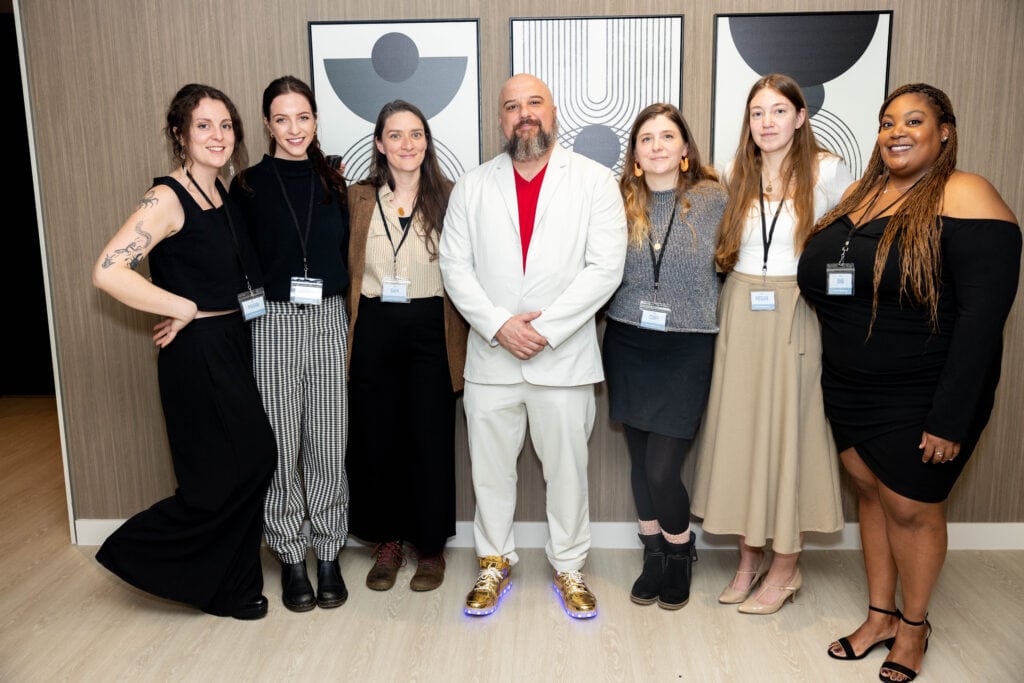
Staying Current
SBS – How do you keep up with developments in Eastern and Western medicine?
Tom – Well, it’s funny. For many of the services that we brought in, people say, “This is cutting edge,” but when we look at it, cryotherapy was invented in 1978. Our unit is from Poland; they’ve been making them since the 1980s, and there’s a body of evidence. They’re a Class III medical device in Europe. Here, it’s considered a spa or a luxury service. We also do red light therapy, which has been around for at least 40 years, and there’ve been studies on that. We have a sauna. Saunas are thousands of years old. Cold plunge is now trendy, and it’s probably as old as the sauna: you go in the sauna and roll in the snow afterward.
I don’t know exactly when this happened, but there was this rejection of the traditional. Certainly, modern-day drugs and surgery have saved a lot of lives, but what did we throw out that still has value? I’m coming at it from an East Asian perspective because of my training in East Asian medicine, but every culture has that. One of the things that gets me a little upset is when people occasionally call my office a spa when I have a doctorate, and this is a clinic. What upsets me about it is not the fact the root words for “spa” come from Europe, but their meaning here is like, “Go get a mud wrap and eat a salad.” It’s more like a pampering than something clinical. One, pampering yourself is a clinical intervention. We need to do that for just even distress. Two, it’s crazy to say that taking care of yourself is a luxury.
The expression is “invest in wellness or spend on illness.” People are starting to get that. Hopefully, my office is conveying that. One of the statements somebody could say is, “Of course, you’re trying to push this service. You offer it. You want to make money.” Yes, but once again, that should be a side effect of me helping people, and you’re investing in your long-term healthcare and wellness. You’ll be more productive at work. You’re not going to get sick as often. You’ll be able to go out and do what you want for longer. We see plenty of people who got knocked down once or twice by an illness, but a lot of that came from their lifestyle, and we’re getting more and more aware of that. I’m a later Gen Xer. I see it with millennials. I see it with the Gen Zers, and hopefully, I’m instilling that into my Gen Alpha kid, too. You have to live a certain way where you’re always taking care of yourself.
Client Acquisition Strategies
SBS – What strategies did you use in the beginning and what strategies do you use now to attract new clients?
Tom – My digital media specialist is in LA. She’s been working with me for six years, but the first time I physically met her was last month at my book launch.
From the beginning, we were trying to get a good SEO. The other thing I do a lot is podcast interviews. I’m using many services, so when something comes up on a topic I’m an expert in, I comment, and they give us backlinks to the website. In Baltimore, we come up number one for almost every service we do, and that wasn’t by accident. It took a long time to do that and figure out how to say things the right way for people to hear. Even now, we’re playing with a lot of fun stuff. We’re using AI for some content. If anybody’s not, they’re missing out.
I’m not a huge social media guy. I have younger office members who are starting to do that for me. A few weeks ago, I found a website called Social Cat. I can’t get endorsed by a big-name influencer. It’s just out of my budget. But if I can have somebody in a niche (like health and fitness), and they may have a few hundred thousand followers, I can give them a hundred bucks and the book, and they can put together a post reviewing it. It’s an unconventional marketing thing for me, but I’m very excited, and so far, the results have been pretty good. We’ve been getting a lot of new traffic to the book’s website and some more orders and it’s not costing an arm and a leg. I like being able to do things that are non-traditional in that factor, too.
Ensuring Safety and Quality
SBS – How do you ensure that your clients get the best and safest possible service?
Tom – Everything we do is risk-reward, making sure the risk is minimal and the reward is the biggest. We have three other acupuncturists besides me and two massage therapists. Yes, they’re licensed. They have insurance and all those things they need, but when we bring in services not by a practitioner and when we purchase the equipment, we look into the safety features of that. The cryotherapy machine has about five or six safety built-in things. We also want to look at the data about risks with all of these. Even bringing in a cold plunge tub, which is basically just a tub of cold water, we look into who shouldn’t go in there.
We haven’t added a new service since last year. But anytime we bring something new, we want to talk to that company and see how we can teach people how to use it and how to make sure that we’re providing the best service at the least risk. It comes down to training, and many of these services, like I said, are push-button. The idea is to make sure the person guiding the equipment is not only trained in how to use that machine but can do it smoothly enough that they’re focused on that person in front of them the entire time. That’s where my staff excels. The experience is about the patient.
Financial Management
SBS – How do you manage the financial aspect of handling a business?
Tom – It is chaos. We’re leveraging technology with that, too. I have a bookkeeper who will rectify my QuickBooks once a month and ensure everything’s going in the right direction. Admittedly, just last year, I started having conversations with her and my accountant about where my expenses are hurting me and how I can leverage the money in the best ways. My financial literacy was very low, even up to a year ago, and I was getting by on dumb luck.
I did the Goldman Sachs 10,000 small businesses program and every week they picked a different topic. In the couple of weeks when they covered finances, I was broken up. It was uncomfortable because I did not know some basic stuff, but when I looked at my numbers, they weren’t right. I had given my bookkeeper bad data, and we had to go back and fix that. Well, the things that we don’t know are the ones that are our downfall. When we were doing topics like staff and public relations, I felt very comfortable with that because I’m in the service industry. Yes, I’m in healthcare, but that person in front of me better be happy with what I’m doing, and my staff is just amazing. I felt very comfortable in those two things, but when it became finance time, I saw other students in that program shining, and I thought I was in over my head.
It is such a catch-22 where they say it takes money to make money and is very hard. When I was starting and trying to figure this out, there were some excellent free services. For example, Score is a small business group that sets you up with retired entrepreneurs or retired people in a specific sector, and I had some success with that. Baltimore had a small business program through which I would meet monthly with a coach before doing the 10,000 small business program.
Entrepreneurs like to go it alone. When I was in that small business class with Goldman Sachs, one of the common themes that almost everybody talked about (and it didn’t matter if they had a multimillion-dollar business or were starting) was loneliness. I’m married. I have kids. I have a good network around me. But there was a certain loneliness when it came to the actual driving of the business. No one gets it. Unless you’re sitting there as the CEO, president, whatever your title is, you don’t know what that’s like. I remember working at places and thinking about why the boss was being an idiot about something. Being the owner, it’s not easy to do some things. All these things have to move for me to do that, which is a big lesson that keeps coming up. When you get the phone call that something broke or something’s not working as it’s supposed to, you immediately start calculating the worst-case and best-case scenarios, and you have to devise a plan. You can’t just run in and go, “Let’s just do whatever it takes.” Why? You may not have the budget for it. You may not have the bandwidth for it. You may not have the knowledge to do it.
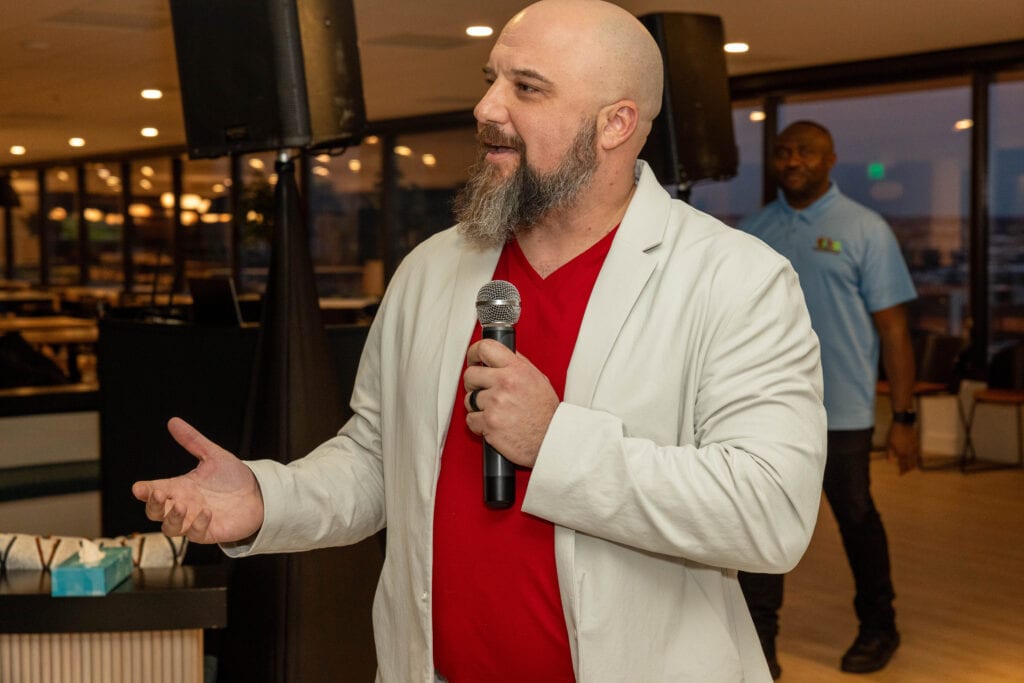
Advice for Aspiring Entrepreneurs
SBS – What advice would you give people who want to start the same or similar business?
Tom – Everything is scalable — your knowledge, your practice, all of that — so start with what you can do. Make sure you have that running smoothly before you keep trying to upgrade. There is (and I still do it today) a lot of comparison to other clinics and what somebody else is doing, and that’s natural. But when you spend too much time looking at somebody else, you’re not looking at what you’re doing. If you start small, you’re genuine with what you’re doing and put things together in an organized fashion; that’s where you start seeing small success, and that success builds.
My wife is getting certified in Reiki. She came from a teaching background and is now entering this entrepreneurial space. I’m watching her have the struggles I did, and I offer advice when I can, and sometimes I can just say, “I’m sorry you have to go through this. This part sucks, but if I take it away from you, you don’t get to learn.” It’s rough to see that because that was my tears and heartache, too.
Future Outlook and Plans
SBS – What is the future, do you think, for the wellness industry and what are your future plans?
Tom – It would be naive to say that technology isn’t going to upset everything as AI has. It will impact Eastern medicine as well. I’m leaning into that and looking into how I can incorporate that into my clinic. The other thing I’m seeing in wellness is that a lot of my equipment is slowly becoming accessible to home users. For example, I have a small portable sauna. These things are not expensive anymore, so I have to lean in on things that you can’t do yourself in my clinic, or I need to be able to apply things uniquely that you can’t do yourself, even if you have that at home.
Regarding where I’d like to go, I’m tired of paying rent, so I want to buy a building and have a longstanding clinic. I’m also looking at it from the longevity perspective. A lot of people don’t make it as long in my field. The average acupuncturist is out in five years. I’m coming up on 23 in a month or two. I’m certainly not the eldest practitioner, and I don’t have the longest experience, but I have a good pedigree and a good track record with clinical experience.
Now, I’m being told by my colleagues to start teaching, and I was being pushed to it when my mentor was still alive. I don’t want to teach at a school. I want to teach what I want, so I’m looking into that more. My second book was about doing things outside a clinic, teaching things to the public, and seeing if I could earn a living that way. Currently, my office manager is almost halfway through acupuncture school. I’m preparing for the next generations to pass it on and help the field get stronger. Before getting too busy, I was very active on the state level for a long time, trying to advocate for our field, profession, and patients. I’ve stepped back a bit, but I will have to return to it. I know that. The idea is to affect the field as a whole and to reach people outside of my clinic.
There’s an expression, “When drinking water, remember the source.” I’m not Asian, and my mentor was British. We’re transplants, and we’re not trying to hijack or appropriate this medicine. It was very clear from his teachings that you have to hold it in the highest regard. You have to honor the people that came before you. You have to present things closest to the source that you could. Yes, you’re going to put your mark on it. One of the things I love about East Asian medicine is that it’s a living, breathing thing even today. So when it goes to a different culture, it changes. In the States, it’s different here than it is, say, in Italy or Europe as a whole. It’s different in Asia now than it was 50 years ago. It grows and evolves.
One of our classics says acupuncture is an expression of humanity. I love that phrase so much. This sounds arrogant, but I don’t mean it that way. I’ve tried to take that expression to the whole clinic: How can my clinic be an expression of humanity, both local to Baltimore, both to humanity as a whole, all of those things? How do we get that human feeling and be relevant to the people living now while still being able to honor everybody who came before us?
Stay connected with Charm City Integrative Health and Dr. Tom Ingegno by following their social media channels. You can find them on Facebook at Charm City Integrative Health, on Twitter @CCIntegrative, on Instagram @ccintegrative, and on YouTube at Charm City Integrative Health Baltimore. These platforms offer great ways to stay updated on their latest wellness tips, news, and events.
Subscribe to Our Newsletter
and gain insider access to cutting-edge business insights and trends.
Featured Resources
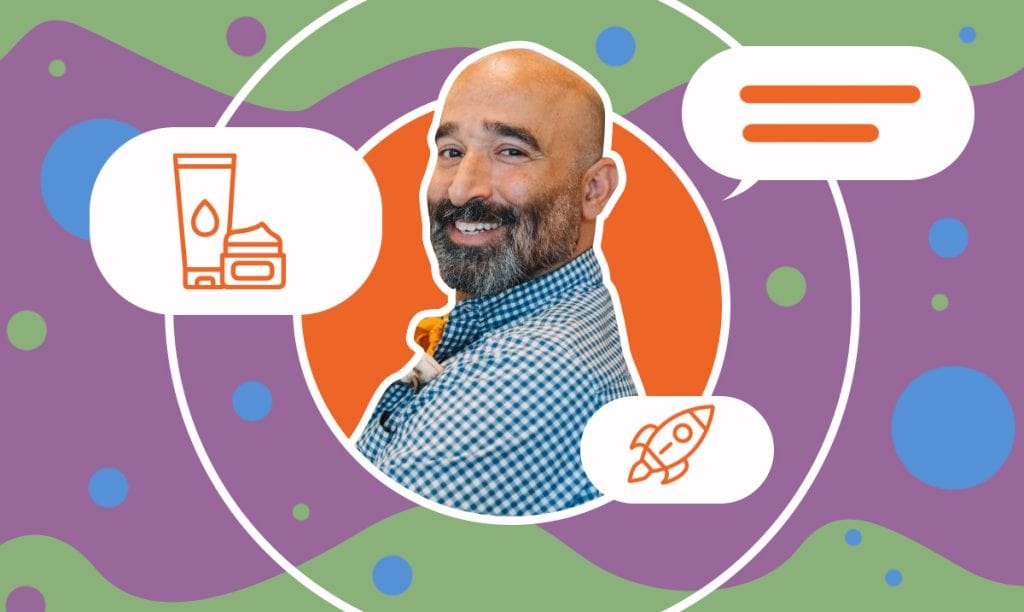
How a Retail Pro Turned Skin Sensitivity Into a Skincare Brand
Published on April 3, 2025
Read Now
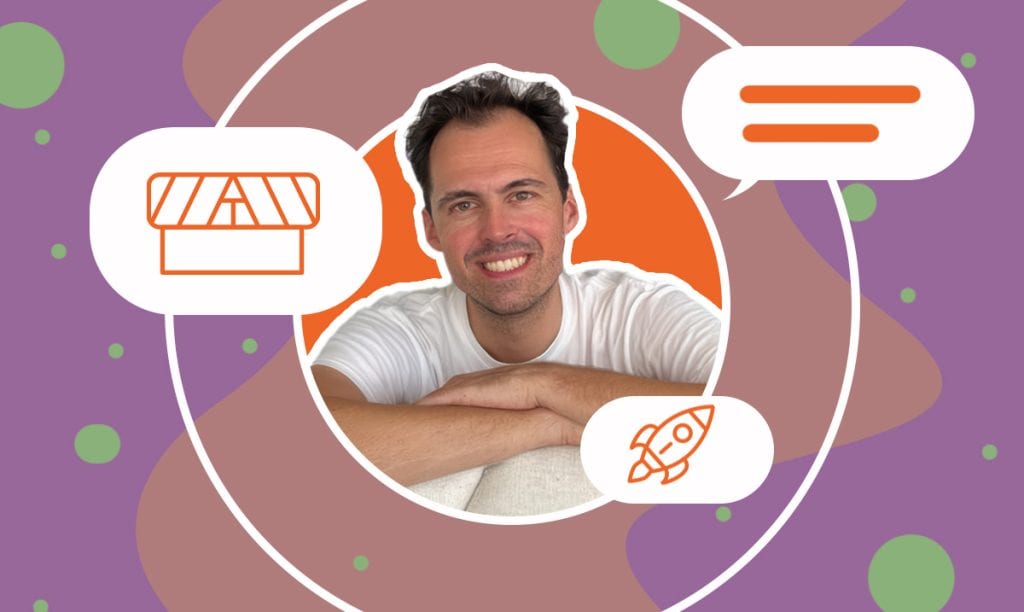
How AirTulip Improves Sleep Quality and Eases Allergies with Clean Air
Published on February 27, 2025
Imagine waking up feeling truly refreshed, breathing air that is 1,000 times cleaner than what traditional purifiers can offer. That’s the promise ...
Read Now
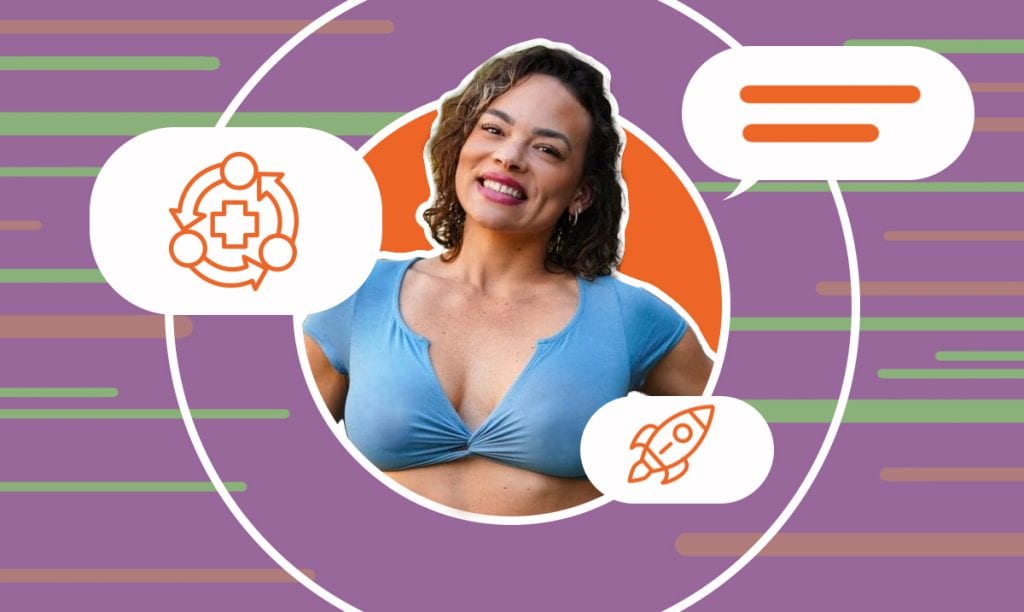
How Lin Mezori Is Transforming the Recovery Industry
Published on January 2, 2025
Lin Mezori, the matriarch behind Pure Recovery, has transformed the wellness and recovery space with her vision of blending innovative therapies and ...
Read Now
Comments